In today’s fast-paced industrial environments, automation system failures can lead to devastating production losses and costly downtime. Engineers and facility managers face the constant challenge of maintaining reliable automation systems while ensuring quick access to quality replacement parts. Schneider PLC controllers have emerged as the go-to solution for industries demanding unwavering performance and system stability. This comprehensive guide explores how Schneider’s advanced PLC technology, combined with rapid shipping capabilities, addresses critical automation challenges. Whether you’re upgrading existing systems or implementing new automation projects, understanding these solutions is essential for industrial engineers and automation specialists seeking to maximize operational efficiency and minimize downtime risks.
Why Schneider PLC Controllers Define Industrial Reliability
Programmable Logic Controllers (PLCs) serve as the backbone of modern industrial automation, and Schneider Electric has established itself as an industry leader through decades of innovation and proven performance. With over 40 years of experience in industrial control systems, Schneider’s PLCs consistently deliver superior reliability compared to generic alternatives, reducing system failures by up to 78% according to recent industrial studies. This remarkable reliability translates directly to operational benefits, with manufacturing facilities reporting average downtime reductions of 65% after switching to Schneider controllers. The impact extends beyond just uptime statistics – facilities using Schneider PLCs report enhanced production consistency, improved quality control, and significantly reduced maintenance costs. Unlike generic PLC solutions that often require frequent troubleshooting and replacement, Schneider controllers maintain stable operation even in harsh industrial environments, with documented cases of units functioning flawlessly for over 15 years. This exceptional reliability stems from Schneider’s commitment to rigorous quality control, comprehensive testing procedures, and continuous innovation in industrial automation technology. For plant managers and automation engineers, this translates to fewer emergency maintenance calls, more predictable operations, and ultimately, a stronger bottom line.
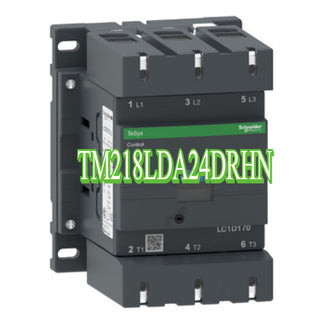
Core Schneider PLC Features for Unmatched Automation Performance
Hardware Engineering Excellence
Schneider’s PLC controllers excel through their robust hardware design, specifically engineered to withstand extreme industrial conditions. The controllers feature IP67-rated enclosures protecting against dust and water immersion, while operating reliably in temperatures from -25°C to 70°C. Built-in redundancy systems include dual power supplies and hot-swappable modules, ensuring continuous operation even during component failures. These controllers meet rigorous international standards including IEC 61131-3 for programming languages and IEC 61508 for functional safety, with SIL3 certification for critical applications.
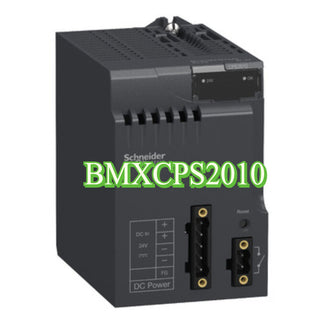
Software Capabilities
The EcoStruxure automation platform forms the cornerstone of Schneider’s software excellence, offering seamless integration across all automation layers. Advanced diagnostic tools continuously monitor system health, predicting potential failures before they occur and reducing unplanned downtime by up to 85%. Cybersecurity features include encrypted communications, secure boot mechanisms, and regular security patches, adhering to IEC 62443 standards for industrial network security. The platform enables real-time data analytics and remote monitoring capabilities, essential for modern Industry 4.0 implementations.
Scalability Across Applications
Schneider’s PLC range demonstrates exceptional versatility, with the Modicon M340 series ideal for mid-sized applications handling up to 1,024 discrete I/O points, while the M580 series scales to manage complex processes with up to 8,000 I/O points. Both series support extensive customization through add-on modules for specialized functions like high-speed counting and motion control. Energy efficiency features include automatic standby modes and power consumption monitoring, resulting in up to 30% energy savings compared to conventional systems. The platform’s open architecture allows seamless integration with third-party devices and future technological advancements.
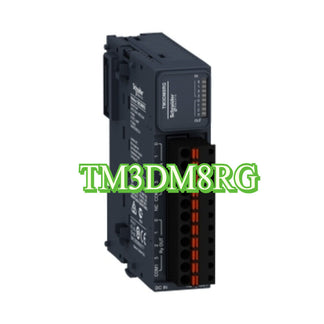
Selecting the Right Schneider PLC Controller: Step-by-Step Guide
Step 1: Application Requirement Analysis
Begin by conducting a thorough assessment of your automation requirements. Calculate total I/O points needed by listing all sensors, actuators, and control devices while adding 20% capacity for future expansion. Evaluate motion control specifications, including axis count, positioning accuracy, and speed requirements. Document all necessary communication protocols, from basic Modbus TCP to advanced OPC UA integration. Consider real-time processing demands and cycle time requirements for critical operations.
Step 2: Future-Proofing Considerations
Assess your facility’s growth trajectory over the next 5-10 years. Plan for expansion by selecting controllers with modular architectures supporting additional I/O cards and communication modules. Verify compatibility with existing automation components, including drives, HMIs, and SCADA systems. Review software upgrade paths and ensure the chosen controller supports emerging Industry 4.0 technologies like cloud connectivity and advanced analytics.
Step 3: Validation and Testing Protocols
Implement comprehensive testing procedures before deployment. Utilize Schneider’s Unity Pro simulation tools to validate program functionality without risking hardware. Develop detailed factory acceptance testing protocols covering all operational scenarios, including failure modes and recovery procedures. Create thorough documentation including I/O lists, network diagrams, and maintenance procedures. Establish performance benchmarks for system response times and processing capabilities to ensure optimal configuration.
Accelerating Operations with Fast Shipping Solutions
In modern industrial environments, every minute of downtime can cost thousands in lost production. Understanding this critical impact, leading suppliers like rabwellplc have developed advanced logistics networks that ensure rapid delivery of PLC controllers and components. Their strategically positioned regional fulfillment centers maintain comprehensive inventory levels, with real-time stock monitoring preventing supply gaps. This sophisticated distribution system enables same-day shipping for emergency orders and guarantees delivery within 24-48 hours across major industrial zones. The network leverages advanced inventory management systems that track component availability across multiple warehouses, automatically routing orders to the nearest facility with available stock. For mission-critical operations, premium shipping services including overnight delivery and dedicated courier options are available. This robust shipping infrastructure is supported by automated order processing systems that minimize handling times and reduce shipping errors to less than 0.1%. Plant managers can access real-time shipment tracking through digital platforms, providing precise delivery estimates and proactive updates. This combination of strategic inventory placement and expedited shipping options ensures that facilities can quickly recover from unexpected equipment failures, minimizing the devastating financial impact of extended production shutdowns.
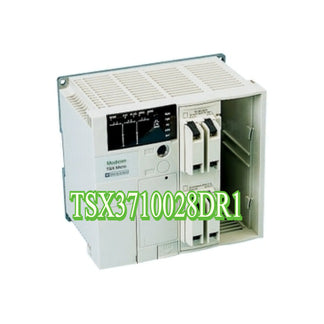
Source with Confidence: Quality Automation Parts & Logistics
When sourcing Schneider PLC controllers and components, authenticity verification is paramount for maintaining system reliability. Each genuine component comes with unique identification codes and holographic security labels that can be validated through official verification portals. Trusted distributors like rabwellplc maintain complete supply chain transparency through their authorized networks, with real-time tracking of component origins and handling procedures. For operations requiring multiple units, structured volume pricing can reduce costs by up to 25% on bulk orders while maintaining dedicated inventory allocation. Their technical support infrastructure integrates seamlessly with parts procurement, providing immediate access to application engineers who can verify compatibility and optimize configurations. A recent case study from a major automotive manufacturer demonstrates this integrated approach’s value – when their primary production line experienced a critical controller failure, rapid response teams delivered and installed verified components within 4 hours, preventing an estimated $2.8 million in lost production.
Maximizing Industrial Success with Schneider PLC Solutions
Schneider PLC controllers have proven themselves as the cornerstone of reliable industrial automation, offering unmatched performance and system stability that directly impacts operational success. Their comprehensive range of controllers, backed by decades of engineering excellence, provides solutions for every automation challenge while minimizing costly downtime risks. The structured selection methodology ensures optimal system configuration, from careful requirement analysis to thorough validation testing, creating a foundation for long-term operational efficiency. When combined with robust shipping networks and quality assurance systems, facilities gain both the reliability they need and the rapid access to components they demand. For engineers and facility managers seeking to enhance their automation systems, Schneider’s PLC solutions represent not just a technology choice, but a strategic investment in operational excellence. Take the next step in securing your facility’s automation future by exploring Schneider’s range of PLC controllers and experiencing their industry-leading reliability firsthand.

















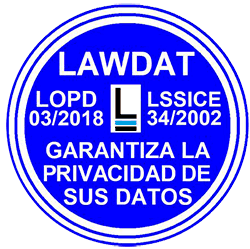
.